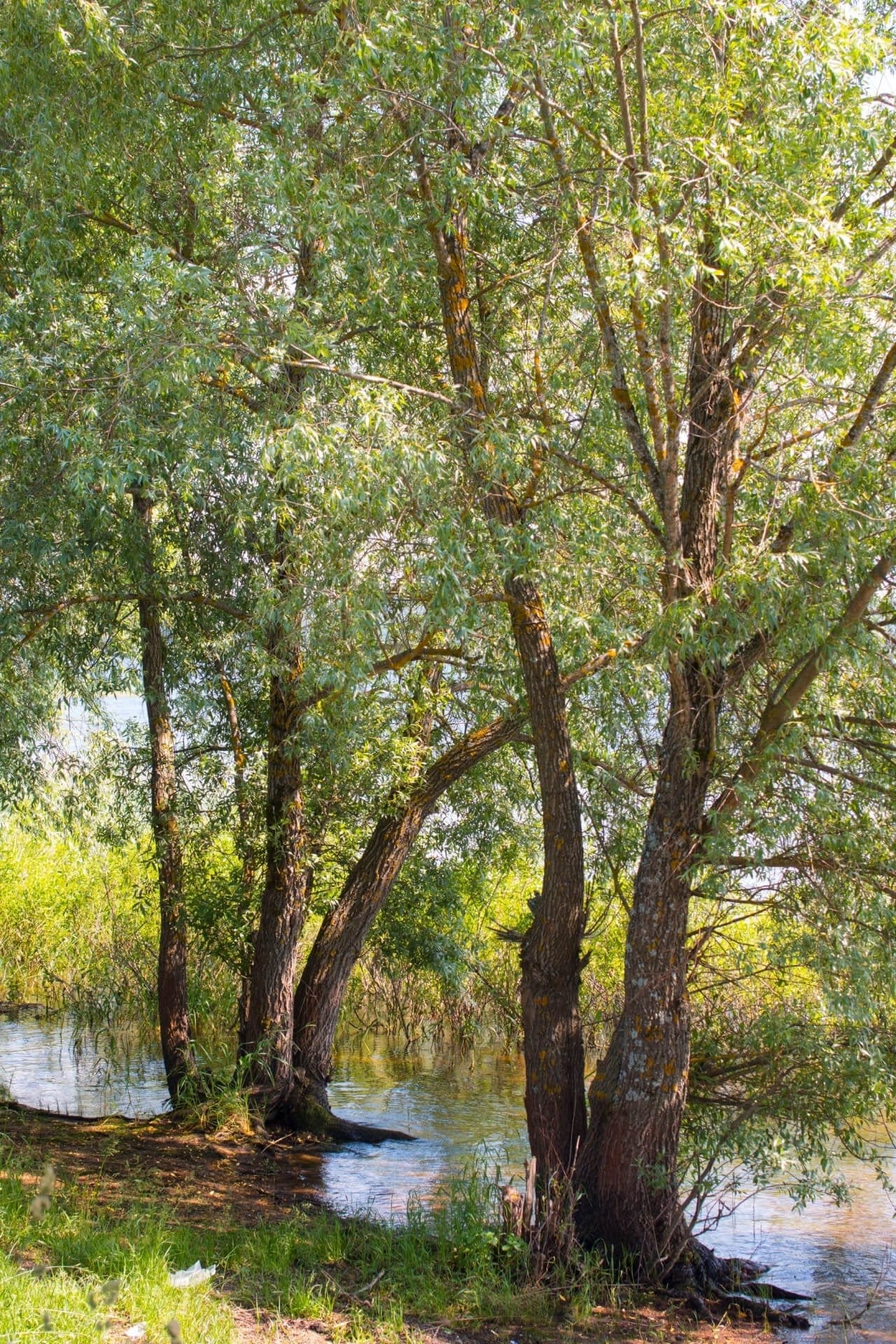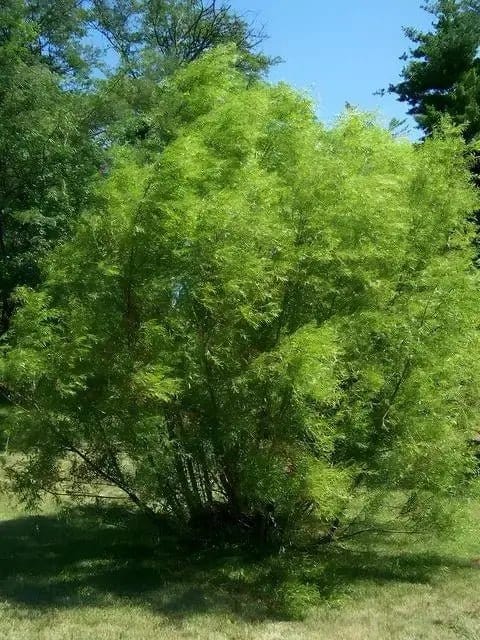Black Willow
Black Willow
Couldn't load pickup availability
Ships November 2025
Under 25 Feet
Sun or Shade
4-9
Shade
Bare-root
NJ, OH, CT.
Salix Nigra - Black Willow
The Black Willow tree, also known as Salix nigra, is a deciduous tree native to eastern North America. It can grow up to 80 feet (24 meters) tall and typically has a slender trunk and drooping branches. The tree leaves are long and narrow, with a pointed tip and a finely serrated edge. The bark of the tree is grayish-brown and deeply furrowed.
Many Benefits
The tree prefers moist soil along riverbanks and is often found near water. It has several uses, both ornamental and practical. Its lightweight and flexible wood makes it helpful in making baskets, furniture, and other items. The tree's bark contains salicylic acid, the active ingredient in aspirin, and it has been used medicinally for centuries to relieve pain and reduce fever. Besides its practical uses, the tree is also valued for its beauty.
Its slender form and drooping branches give it a graceful appearance, and it is often planted as an ornamental tree. The tree also provides a habitat for wildlife, including birds, insects, and small mammals.
Where To Plant Black Willow
These trees typically grow near bodies of water and thrive in moist soil conditions. If you are considering planting a tree, it is essential to keep this in mind and choose a location close to a water source, such as a pond or creek, or in a low-lying area with plenty of rainfall (End of October).
Requirements
Additionally, they prefer full sunlight, so ensure your chosen location receives at least 6-8 hours of direct sunlight daily. The soil should be moist and well-draining to ensure healthy growth.
Growth
When choosing a planting location, it's also essential to consider the tree's mature size. These trees can grow up to 80 feet tall, so choose a spot with enough space to accommodate the tree's eventual size. When planting one of these trees, choose a location near water, with plenty of sunlight, well-draining soil, and enough space to accommodate the tree's mature size.
This Is How Your Plants Will Look upon Delivery
Bloom/Foliage Color
Yellow
Shipping date depends on the date displayed and chosen when you order from the product's page.
We do not offer warranties on products after 5 days past receiving your plants.



I thought is was going to be a little starter, but WOW!!!! AMAZING!!!! I can’t wait till they start growing. Wish I had found a white willow on your website….Thank you!!!
So flowy! Looks gorgeous in my front yard
Thank you for the great review, Gary! We can’t wait to have you back at Tennessee Wholesale Nursery.
Majestic look! I love the black willow tree!
Dear Claire, we appreciate you taking the time to let us know about your experience! If there’s anything else we can help you with, please let us know.
Beautiful besides ponds or lakes. It really takes off and has beautiful foliage.
Thank you for the 5-star review you left us, and for choosing to shop with us! Please let us know if there is anything else we can help you with.

